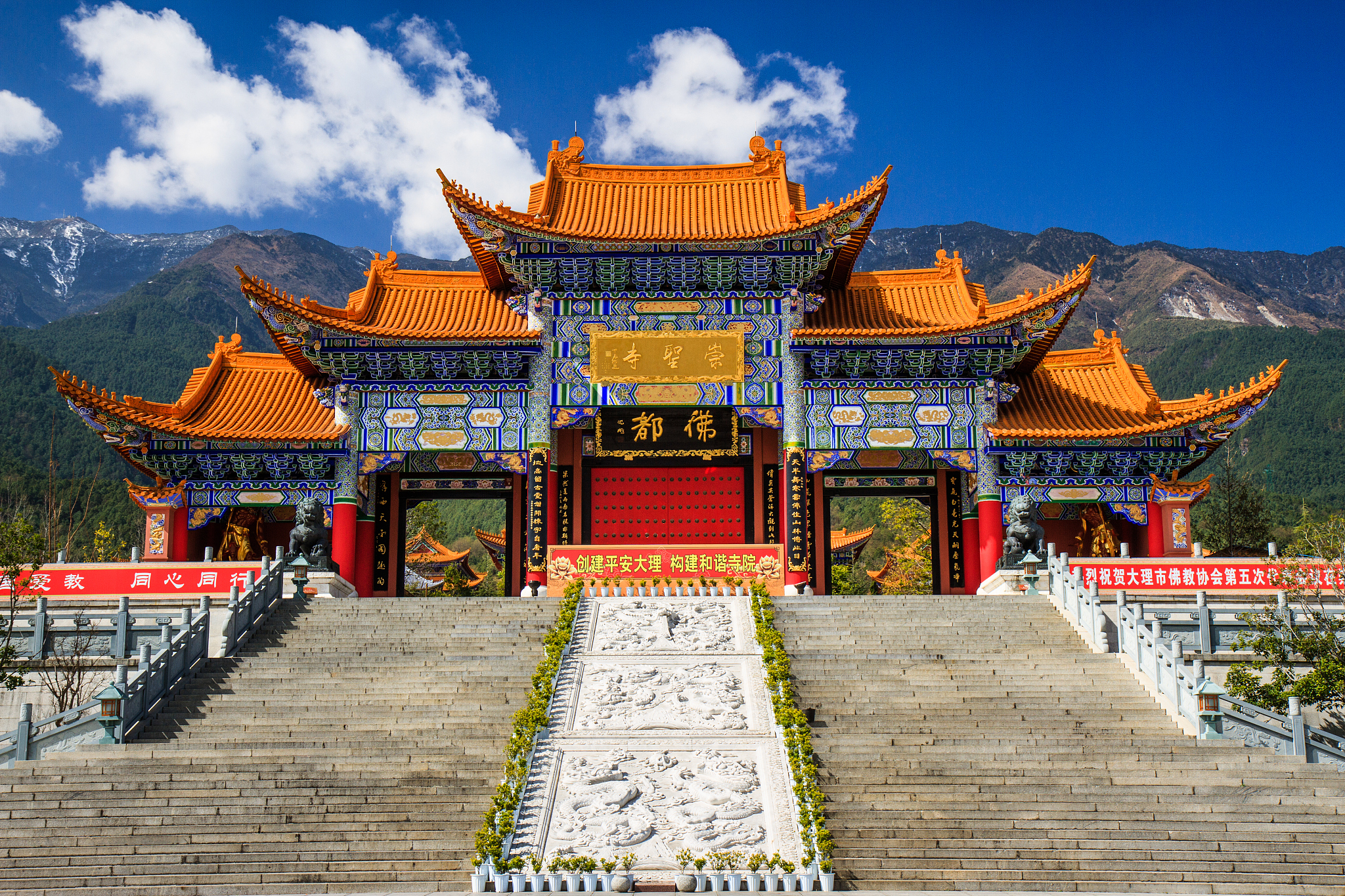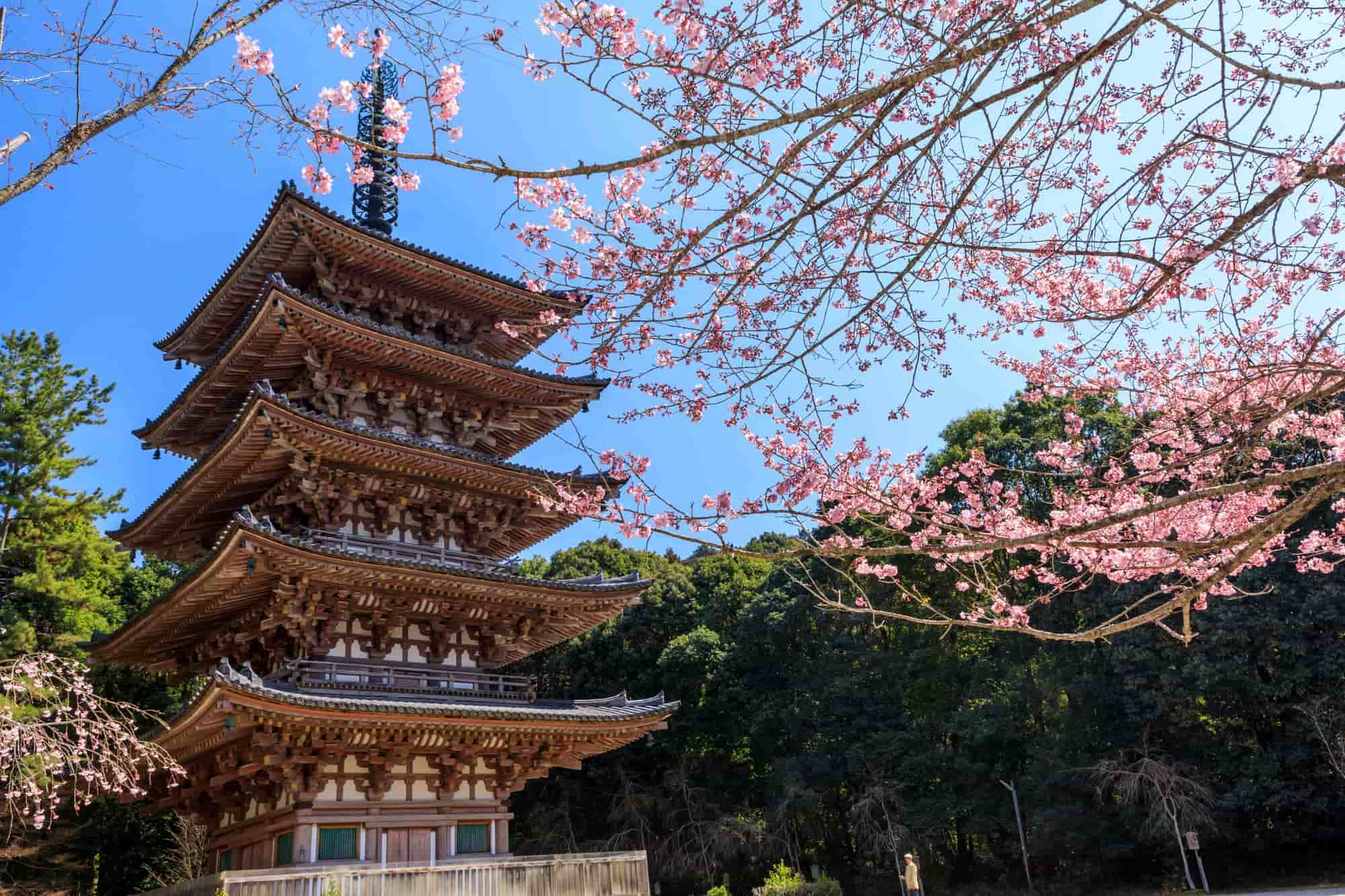
Deutsch-Chinesische Enzyklopädie, 德汉百科





(CORPUS IURIS CIVILIS ED S. v. - 1663)
《民法大全》(Corpus Juris(亦作Iuris) Civilis),又称《查士丁尼法典》或《国法大全》,是东罗马帝国皇帝查士丁尼一世下令编纂的一部汇编式法典,是罗马法的集大成者。
《民法大全》由四部分组成,分别为法典、学说汇纂、法学阶梯以及新律。最后完成于公元530年左右。法典内容为东罗马帝国时期的皇帝敕令,以及权威法学家的法律解释,还有给法律学生当作法学的入门教材等。
在整个编纂工程完成之后,任何对于《民法大全》的评论或者其他立法都被禁止。该法奠定了后世法学尤其是大陆法系民法典的基础,是法学研究者研究民法学不可或缺的重要文献资料之一。
Das Corpus Iuris Civilis (C.I.C. oder, zur besseren Unterscheidung vom kirchlichen Corpus Iuris Canonici, auch CICiv, dt.: „Bestand des zivilen Rechts“) ist eine spätantike Gesetzessammlung des oströmischen Kaisers Justinian aus den Jahren 528 bis 534 n. Chr. Die Kompilationen wurden begrifflich zunächst als Corpus iuris bekannt und tragen den zusätzlichen Hinweis auf das Privatrecht (civilis) seit der Zeit des französischen Humanismus.


大明历,亦称“甲子元历”。是中国古代曾经使用过的历法之一。由南北朝时期祖冲之创制,完成于南朝宋大明六年(462年),在祖冲之去世10年后,即梁天监九年(510年)施行。至陈后主祯明三年(589年)止,共实行了80年。[1]
大明历一回归年365958939491日[2],此数据是中国宋统天历(1199年)以前,是最符合实际的一种数据。1朔望月=2920903939日。
大明历首次采用了岁差的概念(45年11月西行一度),这是中国历法史上的第二次大变革;继玄始历弃十九年七闰法,采391年置144闰月[3][4],使大明历更加准确;还在中国首次求出通常称为交点月,日数为27559826377(=27.21223日),与现在的值27.21222日非常接近。

大明寺位于中国江苏省扬州市蜀冈风景区之中峰,曾是鉴真居住和讲学之所,古有“扬州第一名胜”之说。
大明寺初建于南朝宋孝武帝大明年间(457~464年),故称“大明寺”。隋仁寿元年(601年),文帝杨坚六十寿辰,诏令在全国三十个州内立三十座塔,以供奉舍利(佛骨)其中一座建立在大明寺内,称“栖灵塔”。
唐天宝二载(743年),大明寺律学高僧鉴真大师应日本僧人荣睿、普照的邀请,为弘扬佛法,历经十年艰险,先后五次失败,终在唐天宝十二载-日天平胜宝五年(753年)东渡日本。唐会昌三年(843年),栖灵塔遭大火焚毁。
清朝雍正帝曾题联“万松月共衣珠朗,五夜风随禅锡鸣。” 乾隆帝曾题额“蜀冈慧照”题联:“淮海奇观别开清净地,江山静对远契妙明心。”清廷因讳“大明”二字,曾沿称“栖灵寺”。乾隆三十年(1765年),当高宗第四次巡游扬州时,御笔题书“敕题法净寺”。咸丰三年(1853年),法净寺毁于太平军与清军之战火。同治九年(1870年),盐运使方浚颐重建。
Befindet man sich bereits im Norden von Yangzhou, so lohnt es sich einen Abstecher zum Daming Tempel zu machen. Im 5. Jahrhundert wurde die Tempelanlage gegründet, das war zur Zeit der Sui-Dynastie. Die Tempelanlage ist sehr schön gelegen.
大明寺(だいめいじ)は、中華人民共和国江蘇省揚州市にある仏教寺院[1]。
大明寺は、隋代仁寿元年(601年)に創建された。初名は栖霊塔。諺賛に曰く「中国の尤峻特者」。
唐代天宝元年(742年)、日本へ仏法や戒律を伝えた高僧鑑真が住職となっていた。会昌三年(843年)、大火で九層の栖霊塔が焼失した。
明代万暦年間、揚州知府呉秀は寺院を再建した。崇禎十二年(1639年)、漕御史楊仁愿は寺院を再建した。
清代乾隆三十年(1765年)、乾隆帝から「法淨寺」の額を賜った。咸豊三年(1853年)太平天国の乱の火難で、寺は全焼した。同治九年(1870年)は寺院を再建した。
中華民国四年(1915年)、住職僧昌泉と程禎祥が資金を募り全面重建し、1947年に落成した。
1949年より後、地元政府は寺院を修復する。
1957年8月、江蘇省人民政府は当寺を江蘇省文物単位に認定した。1958年、江蘇省人民政府は当寺を江蘇省保護単位に認定した。
文化大革命の時、紅衛兵により對寺廟などの宗教施設が徹底的に破壊された。
1980年、大明寺と改称。
Daming Temple (Chinese: 大明寺; pinyin: Dàmíng Sì)[1] is a temple located at the middle peak of Shugang Mountain, Yangzhou, Jiangsu, China. This temple is known for a famous monk, Jianzhen, who studied the sutras and initiated people into monkhood here in 742 AD before he left for Japan.



 Architecture
Architecture

 History
History
 Religion
Religion
 Law
Law
 Review
Review
 Science and technology
Science and technology
 World Heritage
World Heritage
 日
日 日。
日。 (=27.21223日),与现在的值27.21222日非常接近。
(=27.21223日),与现在的值27.21222日非常接近。